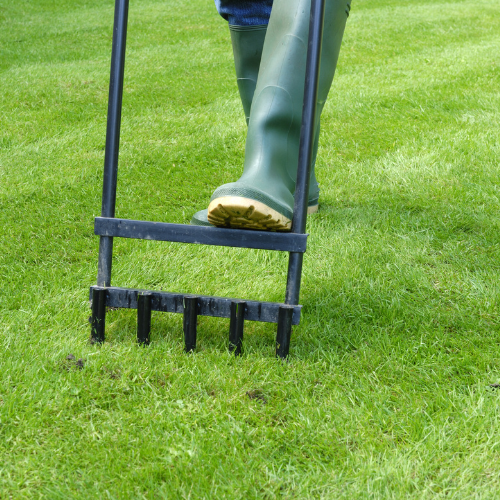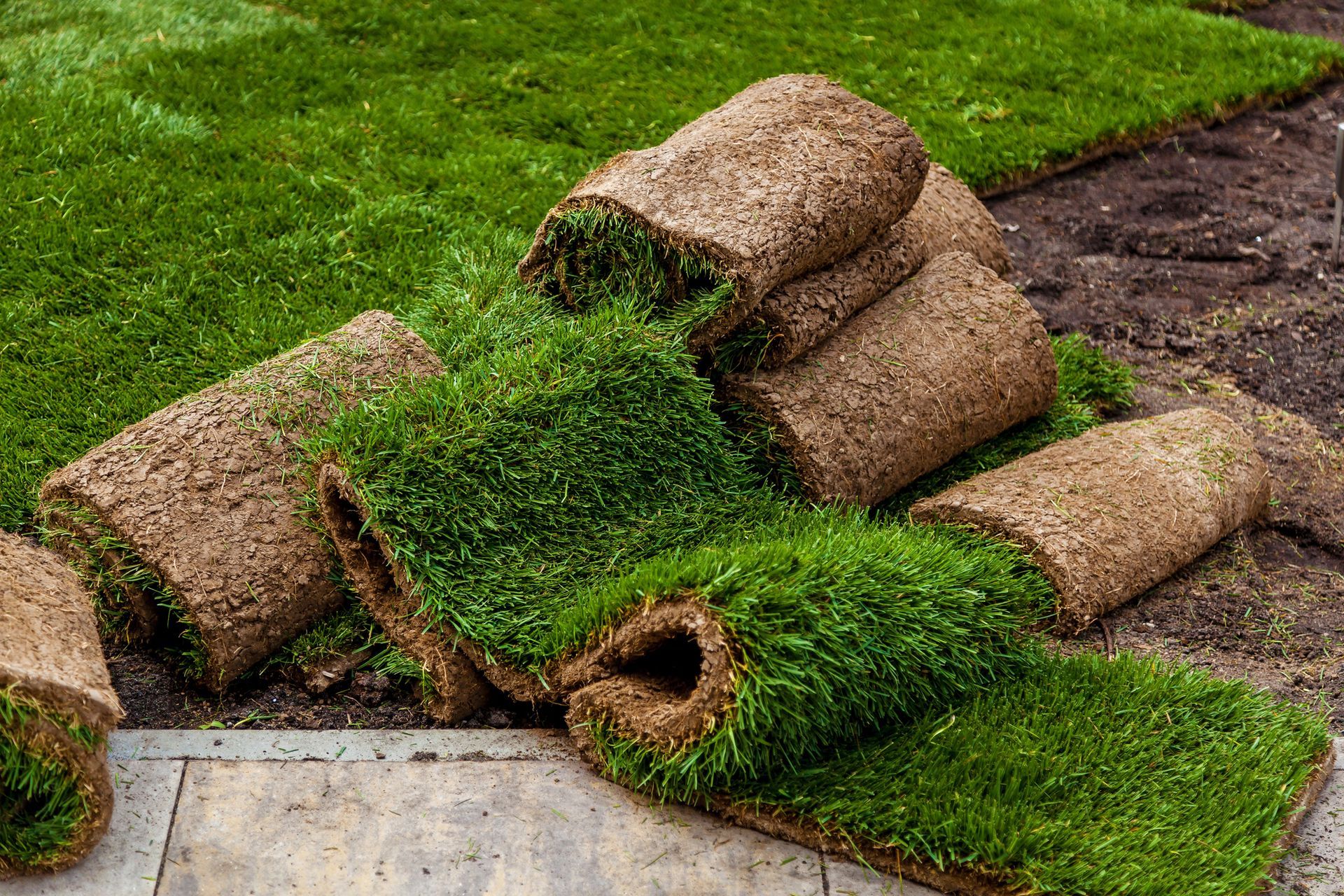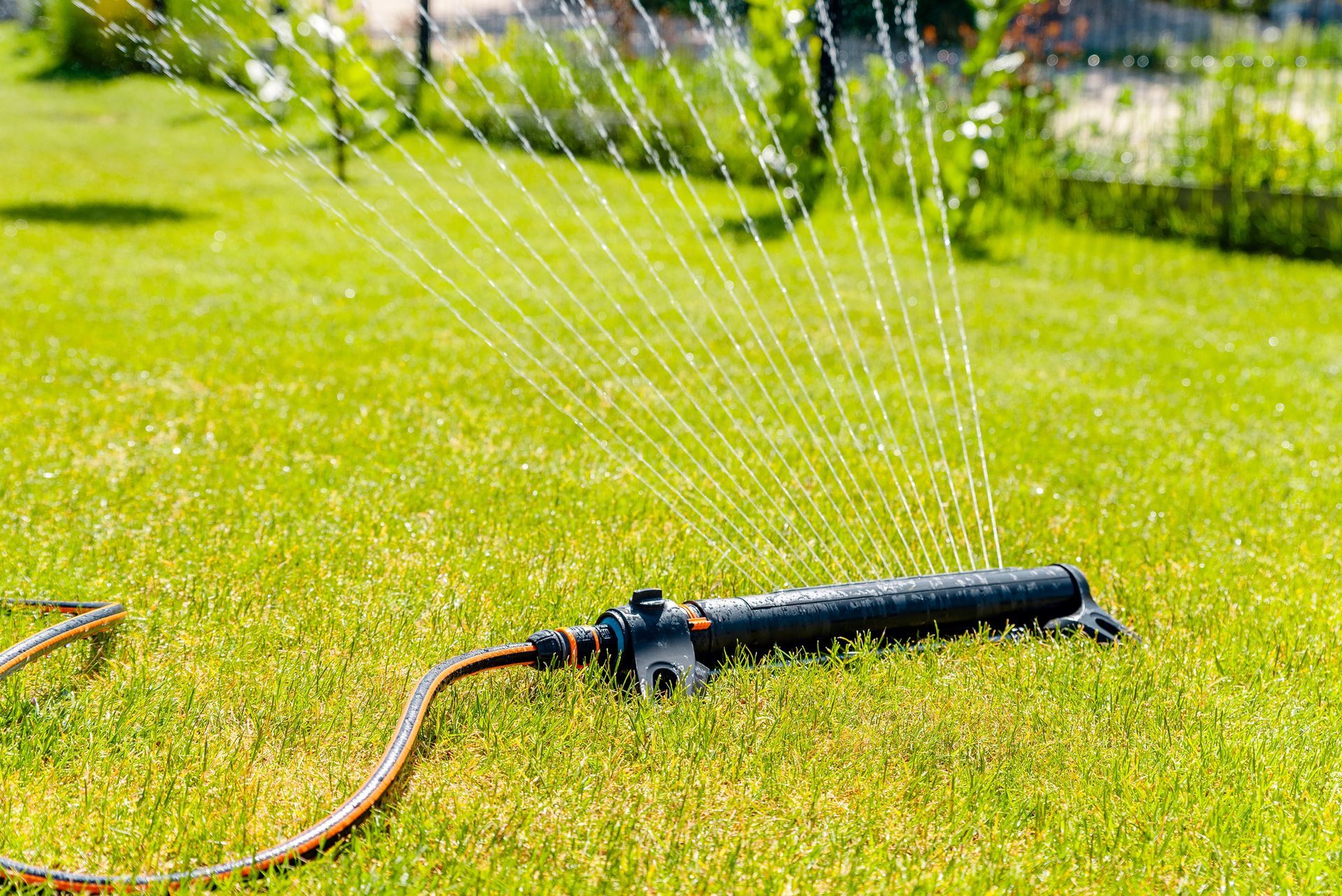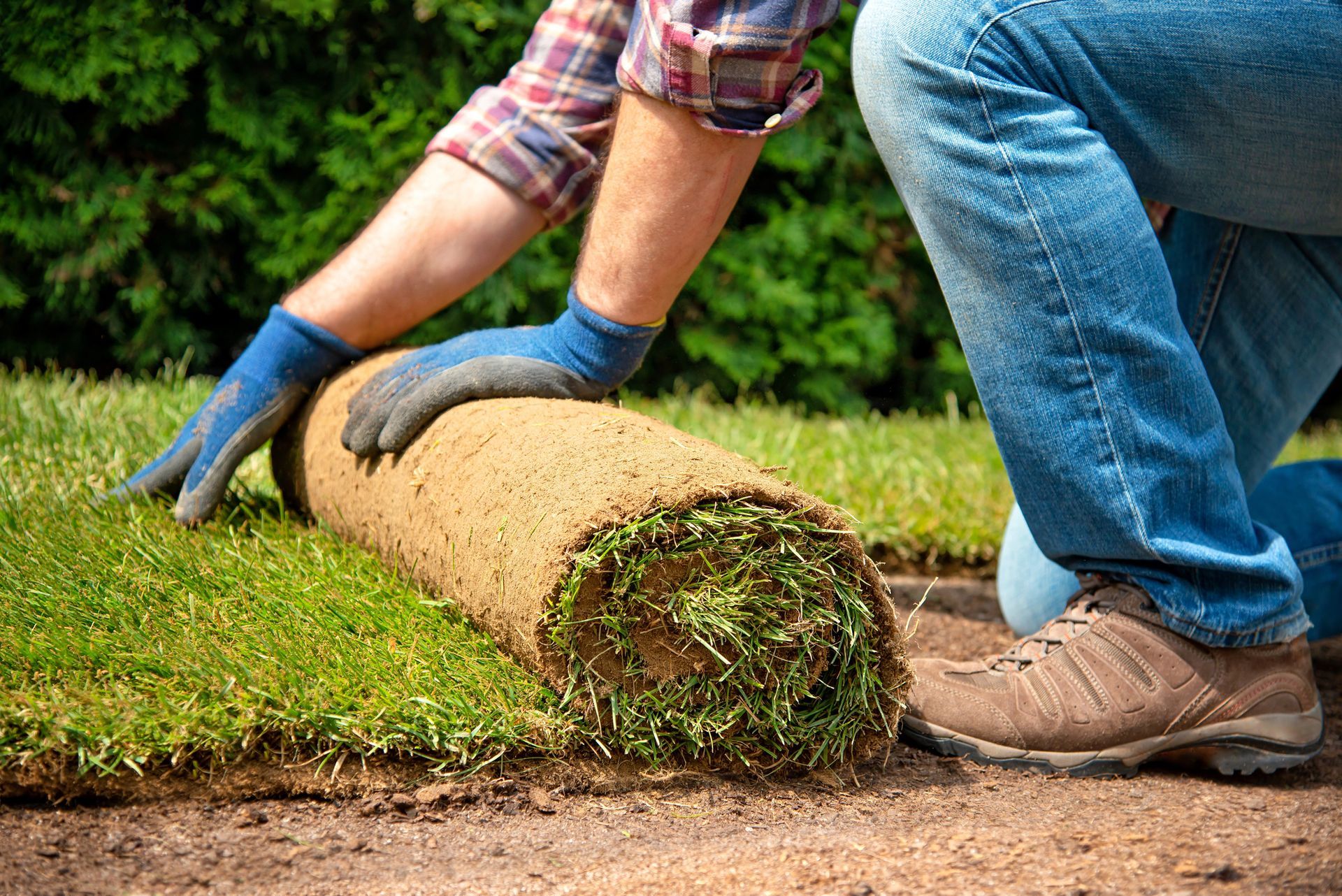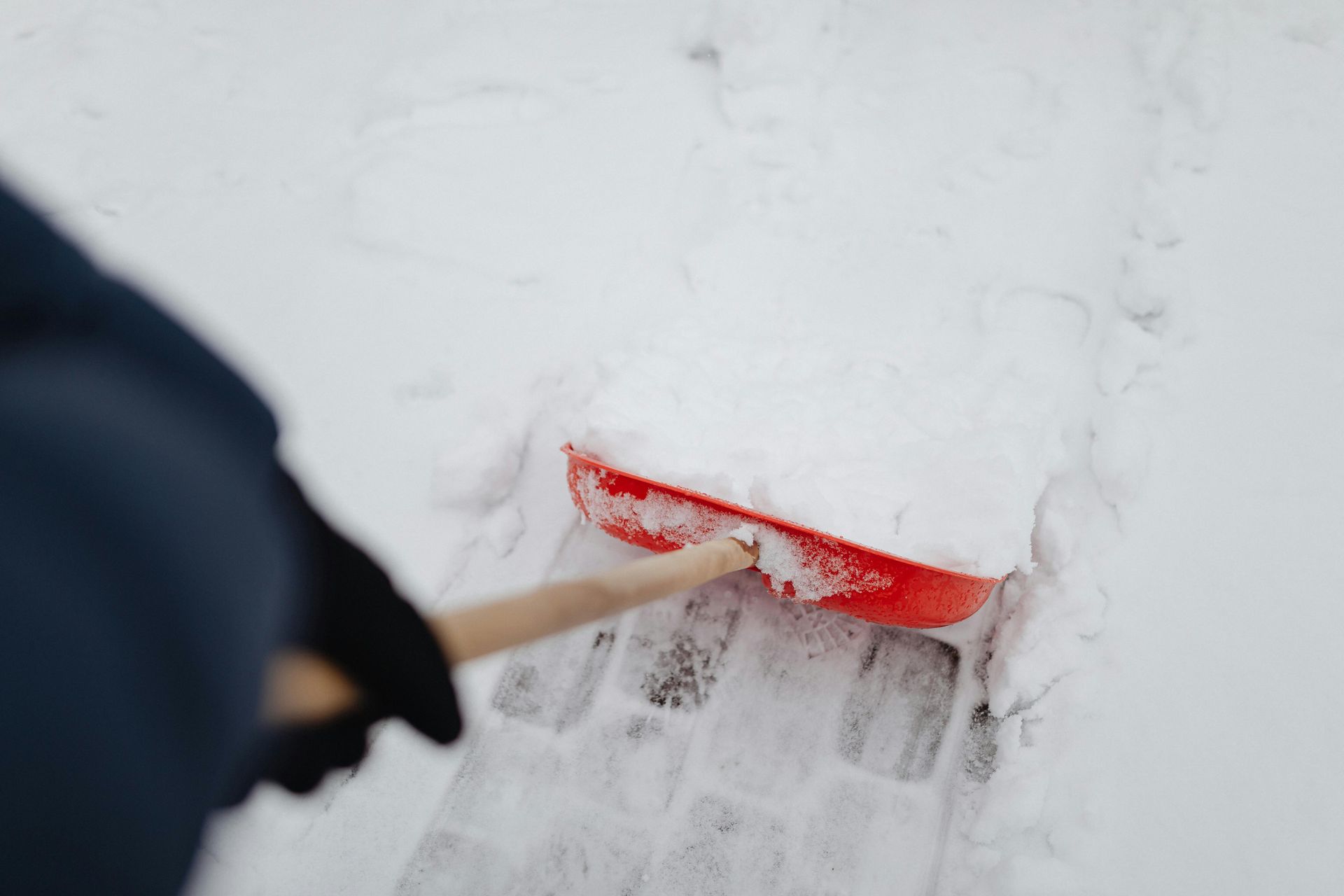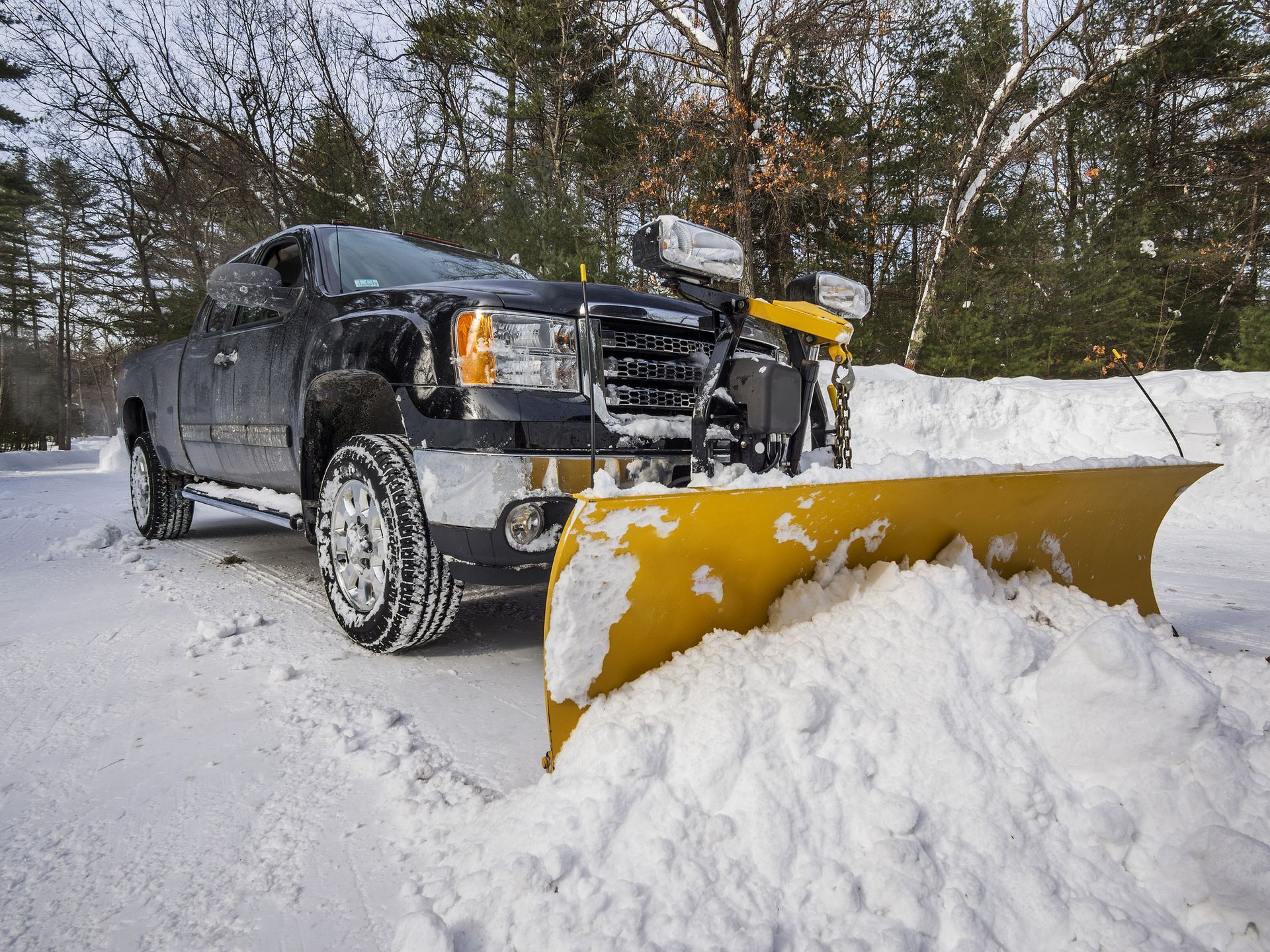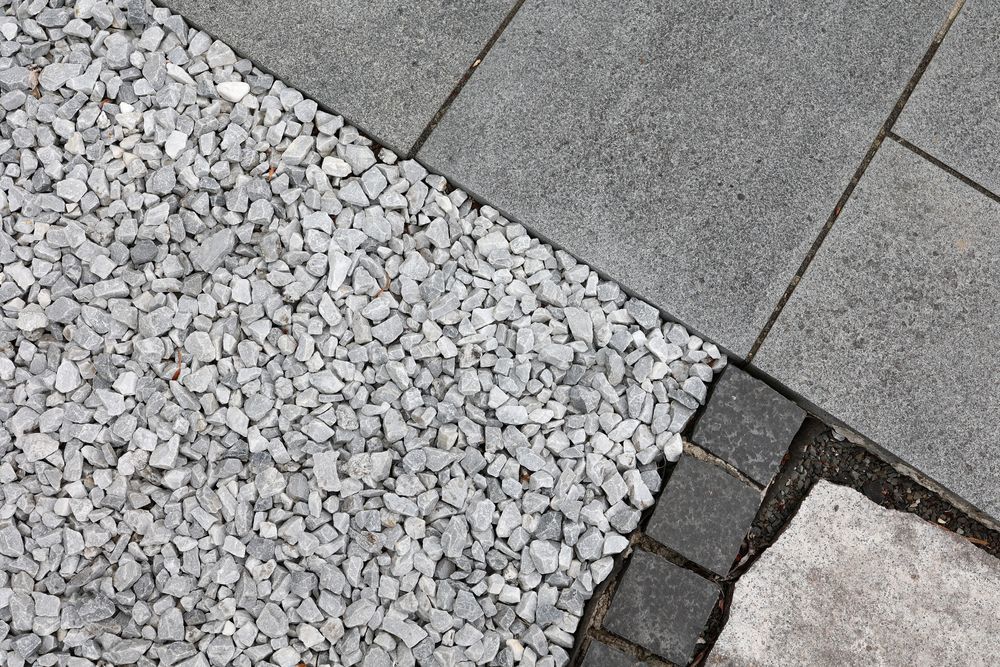Fall and Spring cleanup advice from lawn maintenance experts

From someone with 14 years experience in landscaping, I can tell you that aerating is a waste of time and money, for the most part. First off, companies rarely do it correctly, meaning that they don't spend the time to go over your lawn often enough to create the plugs per square foot in your lawn that would actually be beneficial to your lawn, especially for the $60-80 people pay for the service. They run over it once, and leave, creating about 3-9 holes per sq ft. This achieves very little, given that you need 20-40 plugs, per sq ft, to make it remotely effective! This leads to my second point. If the plugs are not broken up afterwards, (which often fills the plug holes back in anyways,) by power raking after, or natural deterioration of the plugs from weather and mowing, over time, then your lawn just grows over them, and that's how you end up with a lumpy lawn, (often confused with a dew worm problem, which is actually quite rare!) Here are a couple tips for a healthy lawn, besides not falling for the aerating scam:
1. Deep water your lawn, for an hour IN EACH AREA, early morning, once per week only, when temps are under 22 degrees Celsius. If average temp is above that, do it twice per week, spread out, (say Tues and Fri.) Frequent smaller lengths of watering leads to a weaker lawn, (15-20 minutes each night after work, or whatever,) as the roots never have to look for water, and so they never root in deeper. Also, watering at night leads to fungus issues, (cool, dark, moist conditions, on a consistent basis) so you get mushrooms and white fungal tips on your grass, as a result. You want to water earl.y, and have the water soak in and evaporate throughout the day, and be dry overnight, when it's cooler and dark. Even watering midday is better than watering at night. That story you've heard about watering during the heat of the day burning your lawn? That's an Old Wives tale, (actually rooted in water conservation, as it simply burns off more quickly, before it reaches the roots, hence why early morning watering is better!)
2. Power rake, or deep hand rake, twice per year. Once in the early Spring, and again in the Fall, before the snows come in. This de-thatches the undergrowth in your lawn, that can choke off the oxygen to your lawn, especially in the Winter, and also denies pests, like voles, from somewhere to burrow and wreck havoc on your lawn over the Winter season, (voles are getting worse, and they ruin lawns under the cover of thatch, and snow!) Honestly, a power rake in the Fall is MORE important than in the Spring! More lawn maintenance companies need to understand this, and capitalize on it!
3. Mowing. After de-thatching in the Spring, cut your lawn shorter, (1-1 1/2") at first. Increase the length of the cut, (so raise your mower,) as temperatures increase into Summer. Your lawn should be 2 1/2-3" long during the Summer, to help it retain moisture during the heat of the day. Always bag 3 cuts, and then mulch 1, if you can, over the course of 4 weeks, or per month! Bagging 3/4 of the time helps reduce thatch and buildup in your lawn, which can choke it off, and leads to a patchy looking lawn, especially if you don't power rake, or hand rake in the Fall. However, mulching it in once per 4 cuts does help give nutrients to your lawn, during the growing season, as the grass breaks down and decomposes, which provides extra nutrients to your lawn. Bagging every time is still better than mulching all the time, so if you're all Eco, and your use a non-powered push mower, (or you're just lazy, and use your mower without bagging capabilities all of the time,) then you will kill your lawn over time, unless you seriously de-thatch, (power rake, or deep hand rake your lawn,) and take care of your lawn otherwise, at least 4 times per season, (early Spring, late Spring, Summer and Fall,) if you never bag your grass, and dispose of it in your Green Bin.
4. Fertilize. Either hire a lawn maintenance company, or do it yourself, but fertilize 4-5 times throughout the season! A good "weed and feed" program, (so fertilizer that is designed to kill weeds, but feeds your lawn, at the same time,) is very important. Early Spring, late Spring. early Summer, late Summer, and the Fall.
My own lawn is always green, weed free, pest free, lush to walk on, (barefoot on a Summer's night, which is a simple joy everyone should experience,) and healthy, following these simple tips.
